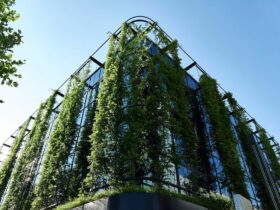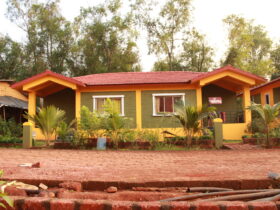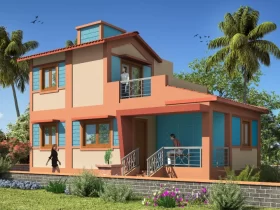Are you curious about the process of building in wetlands? Construction projects here come with many challenges.
It is quite different from construction on solid ground. Understanding it is important so that you hire the right company to conduct your build and to make wise decisions.
In this article, you’ll understand some of the restrictions you’ll have to follow while building. Read on to get a better idea of what you can do before starting your next construction project.
Let’s go into more detail about what to expect.
Laws and Regulations
There are many ongoing construction projects on wetlands. These projects can include the construction of roads, buildings, and pipelines.
To protect wetland areas, several laws and regulations must be followed. The goal of these laws is to minimize the impacts of building on these areas.
When companies fail to follow these laws, they can be fined or even lose their business permit. In some cases, construction companies will choose to avoid working on wetlands altogether.
Benefits to People and the Environment
One benefit is that it helps to create jobs. When people are employed to work on these projects, it can stimulate the local economy.
Additionally, it can contribute to the improvement of the quality of the environment. By building flood control levees, it can protect against flooding and water damage. These projects can also help to improve water quality by constructing wastewater treatment plants.
Challenges Involved
Wetlands provide habitat for wildlife, purifying water, and preventing flooding. Construction projects in these areas can have a big impact on the environment. They can cause pollution, damage wildlife habitat, and disturb natural water flows.
In particular, you need to avoid disturbing the hydrology of the wetland area, which could dry out the wetland or alter the water table. Also, steer clear of damaging the delicate vegetation, which is essential to the health of the wetland ecosystem. Projects here should be carefully planned to minimize their impact on the environment.
The Types of Construction Projects on Wetlands
Some of the most common types of projects include building levees or dikes, breeched Childe construction, installing culverts or drainage pipes, and excavating or dredging.
Levees and dikes are often used to protect wetlands from flooding, while culverts and pipes are used to help with drainage and water flow. Excavating or dredging can be used to create channels or canals for boats to travel through, or to remove sediments and debris from this area. In every type, it’s important to use the right construction equipment, like this Marsh Machinery.
Minimize the Impacts
Most construction projects will have some impacts on wetlands, however, there are many ways to minimize these impacts. By using proper planning and design, these areas can be protected and even enhanced.
Have a careful consideration of potential impacts and proactive mitigation measures. It can ensure that wetlands are not harmed by construction activities.
If you liked this article, be sure to check out the rest of our blog today to learn more!










